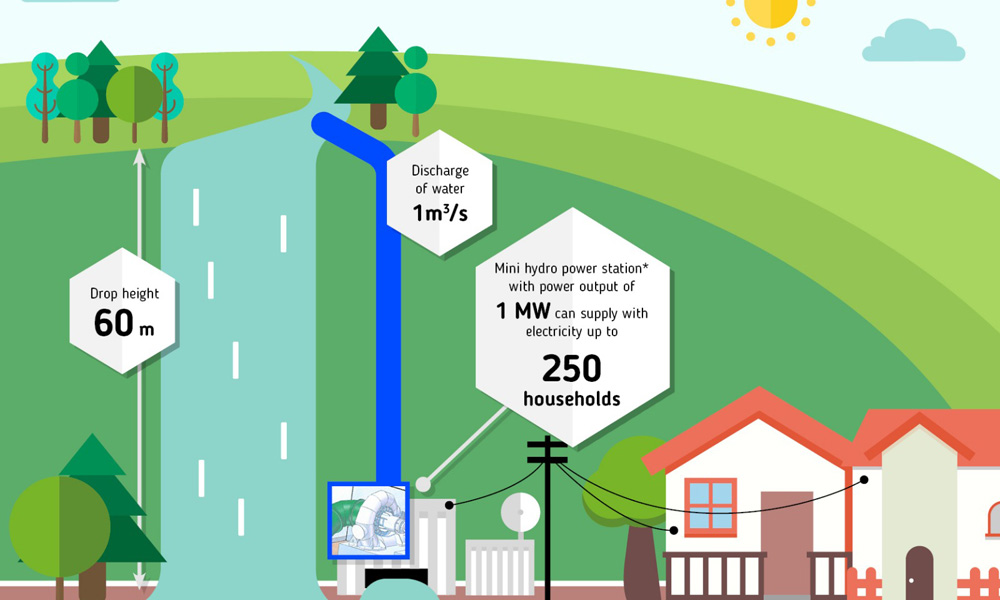
Rosatom Presented Non-Nuclear Products in Kazakhstan
back to contentsRosatom’s non-nuclear products were presented at a round-table discussion entitled ‘High Technologies for Kazakhstan’s Sustainable Development’. The discussion was organized by Rusatom International Network. Its President Alexander Merten noted that the event offered the company a unique chance to demonstrate its products and open up new opportunities for the development of cooperation in manufacturing, establishment of business alliances and joint ventures.
“We have set a strategic target that new products should generate at least 30% of the company’s revenue by 2030. Our 10-year contract portfolio for new products amounts to 16.8 billion US dollars. Revenue from new products in 2016 reached 3.15 billion US dollars. We have everything we need to succeed, including labor force, production capacity, and research expertise. Rosatom’s activities in the areas that are new for the company are a way to establish new and efficient lines of business. In this context, these new activities offer a great opportunity to develop mutually advantageous international relations.”
Small HPPs
Much attention during the round-table discussion was paid to small hydro power plants (HPPs), Rosatom’s new product. Speaking about small HPPs, Roman Murashov, Director for International Business at AtomEnergoMash, noted that their key advantages were relatively low costs of power generation, short lead-in and commissioning periods, and simple installation. Small HPPs are produced by Ganz EEM, a Hungary-based subsidiary of AtomEnergoMash. According to Roman Murashov, these plants are cost-efficient solutions for remote areas. They do not require construction of dams and do no harm to the environment.
As he said later at a press conference, Rosatom is considering opportunities to deliver small HPPs to Central Asia. The potential market size in the region is estimated to be 100–150 units. “We have conducted a market survey and come to the conclusion that the regional market size is about 100–150 small HPPs,” Murashov told media at the Russian Nuclear Week event organized at EXPO-2017 in Astana. According to Murashov, Rosatom is considering a possibility of delivering small hydro power plants to Kazakhstan, Uzbekistan, Tajikistan and Kyrgyzstan. “We try to be proactive and want to assess the market potential and develop a unique market offering before these countries announce tenders. We are looking for contractors that will be able to offer comprehensive EPC (engineering, procurement and construction) project solutions based on our plants,” Murashov said.
Our readers should remember that Rosatom has signed the first contract to supply small HPPs. Rosatom’s nuclear engineering division AtomEnergoMash is to ship the first containerized small hydro power plant to Georgia. International Energy Co., Ltd from Georgia will purchase a pilot plant to be shipped later this year, followed by more plants varying in capacity from 0.6 MW to 2 MW.
For clean water
Ilya Lychev, Strategy and Development Director at AtomEnergoMash, made a report devoted to clean water as a key factor of environmental security. He spoke about water desalination plants integrated with a source of energy (a nuclear or thermal power plant) and presented a comprehensive solution for waste water treatment and water production for industrial facilities in Kazakhstan.




